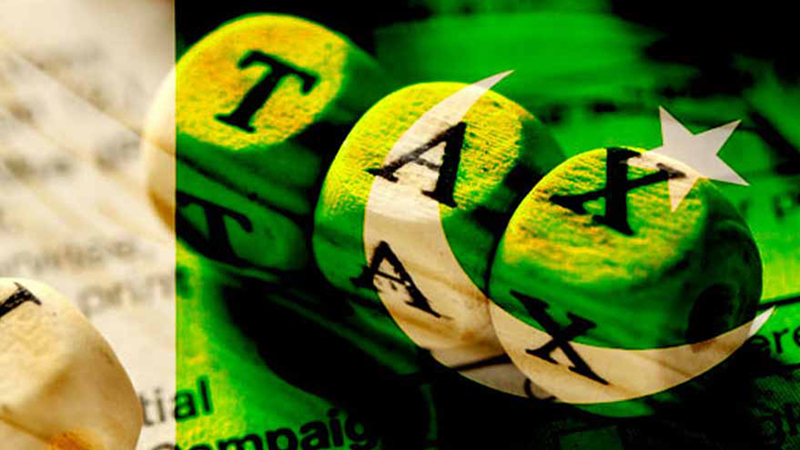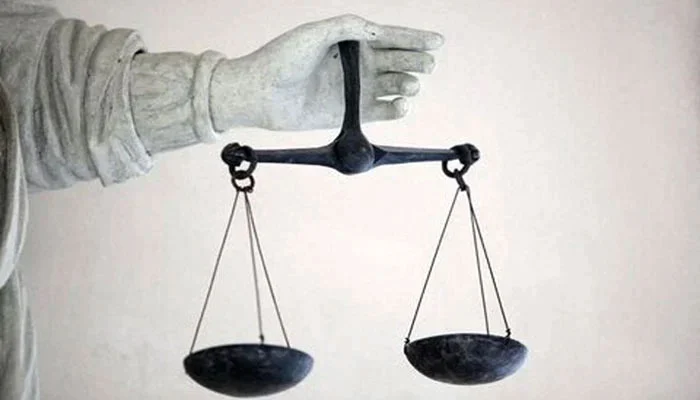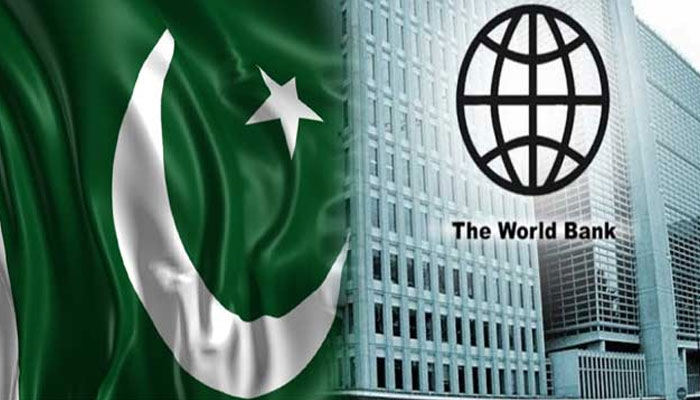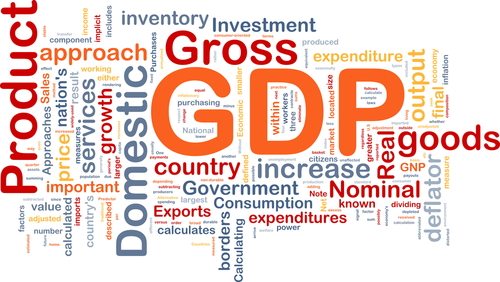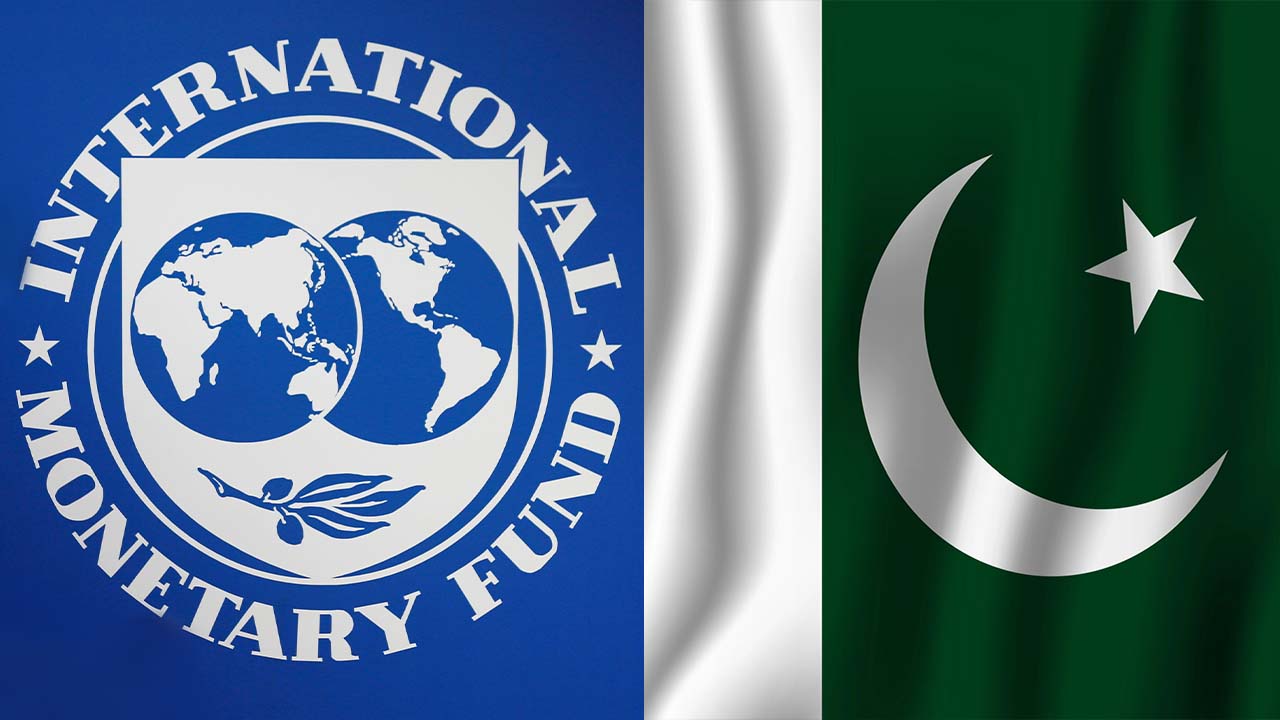Zafar Iqbal
Pakistan’s energy sector has long been shackled by the circular debt crisis—a structural flaw that has accumulated for decades, weighing down the economy with inefficiencies, arrears, and uncertainty. The landmark Rs1.225 trillion restructuring finance deal, signed on September 25 between the federal government and a consortium of 18 banks, offers hope of reversing this destructive cycle. For a sector drowning in arrears of Rs1.661 trillion by July 2025, this agreement marks a critical intervention.
For nearly two decades, circular debt has grown into a stubborn web of payment delays, ill-targeted subsidies, and chronic mismanagement. In July alone, arrears increased by Rs47 billion, illustrating how unchecked inefficiencies were threatening systemic collapse. This mountain of unpaid obligations not only paralyzed the power sector but also suffocated Pakistan’s broader economy, discouraging investment and fueling inflationary pressures. Against this bleak backdrop, the new financing facility stands out as a potential watershed moment.
Follow Republic Policy on YouTube
Unlike past bailout packages that provided temporary relief at the cost of rising inflation, this structured facility mobilizes private liquidity into a disciplined, transparent framework. The package allocates Rs659 billion to retire Power Holding Limited loans, while the remainder is directed toward settling dues of independent and state-owned power producers. Structured financing of this scale—carrying terms of KIBOR minus 0.9 percent, a six-year repayment period, and coverage through the existing Rs3.23/kWh Debt Service Surcharge—marks a significant departure from ad hoc, inflationary fixes.
The repayment design injects fiscal discipline into a sector addicted to rollovers. No grace period has been offered, forcing both policymakers and utilities to honor commitments in a timely fashion. Consumers, in turn, stand to benefit from the elimination of costly late-payment surcharges, potentially saving Rs350 billion, while annual financing and carrying costs will both decline by 1.5 percent. Importantly, once the debt is retired, the surcharge can be withdrawn—delivering long-sought relief to electricity tariffs.
Follow Republic Policy on Facebook
The benefits are not confined to consumers. With improved liquidity, power producers and distribution companies will be better positioned to maintain steady fuel supplies, reduce outages, and avoid abrupt tariff shocks. This stability could help temper inflationary pressures and reduce fiscal strain on the national exchequer, offering broader macroeconomic dividends. Crucially, a functioning power sector is also key to reviving industrial competitiveness, as Pakistan’s businesses have long struggled with some of the highest energy costs in South Asia.
Follow Republic Policy on TikTok
If executed faithfully, the agreement could restore investor confidence in Pakistan’s energy ecosystem. Renewables, transmission upgrades, and distribution reforms could attract fresh capital once investors see credible evidence of fiscal discipline. By lowering financial risks, the deal could push Pakistan’s power sector towards modernization and sustainability—transforming a liability into an engine of growth.
Follow Republic Policy on Instagram
However, the financing package, while unprecedented, is no silver bullet. Circular debt is as much a governance failure as it is a financial one. Chronic issues such as electricity theft, technical losses, poor recoveries, and political interference in tariff-setting remain unaddressed. Nepra’s State of Industry reports consistently warn that inefficiencies and theft drain vast amounts of electricity before it even reaches consumers. Without reforms to distribution companies, the debt cycle could reemerge despite this relief.
Follow Republic Policy on WhatsApp
The deal thus creates breathing space, but lasting change requires structural reforms. The opportunity must be seized to modernize the creaking transmission network, enforce accountability in DISCOs, and rationalize subsidies. If the government fails to act, the cycle of arrears will resume, and this historic restructuring will be remembered as another temporary fix. But if discipline and reform take root, September 25 could be remembered as the day Pakistan finally began to untangle its most stubborn economic knot.





